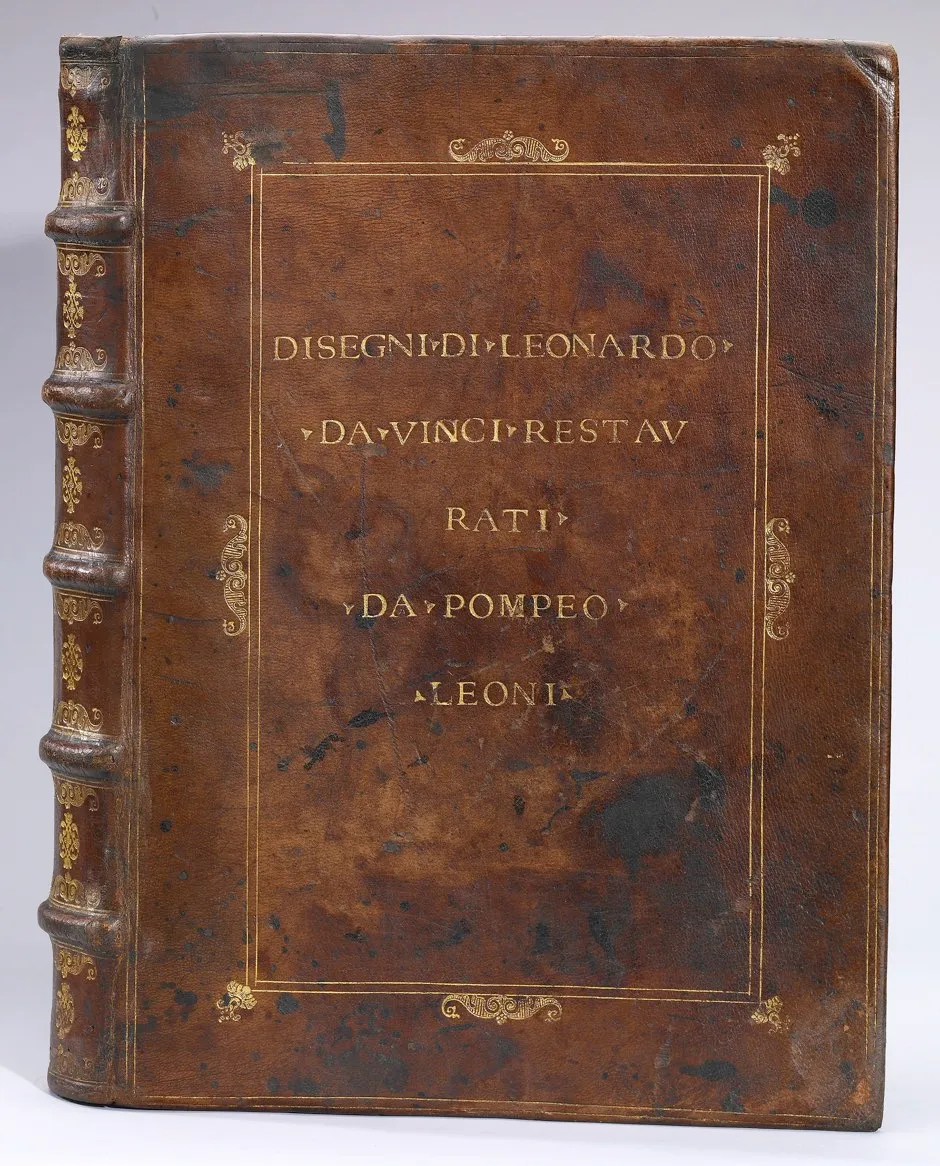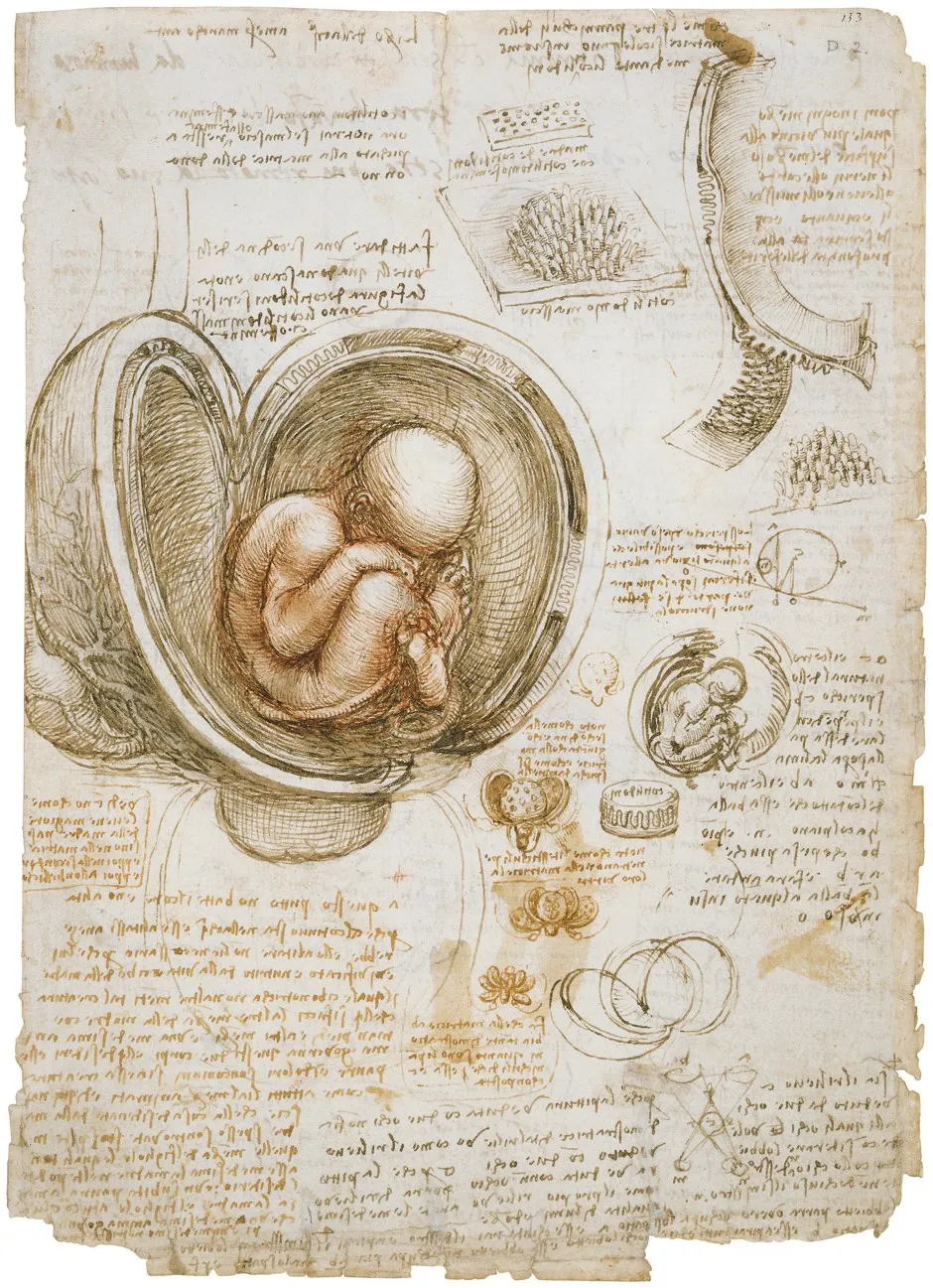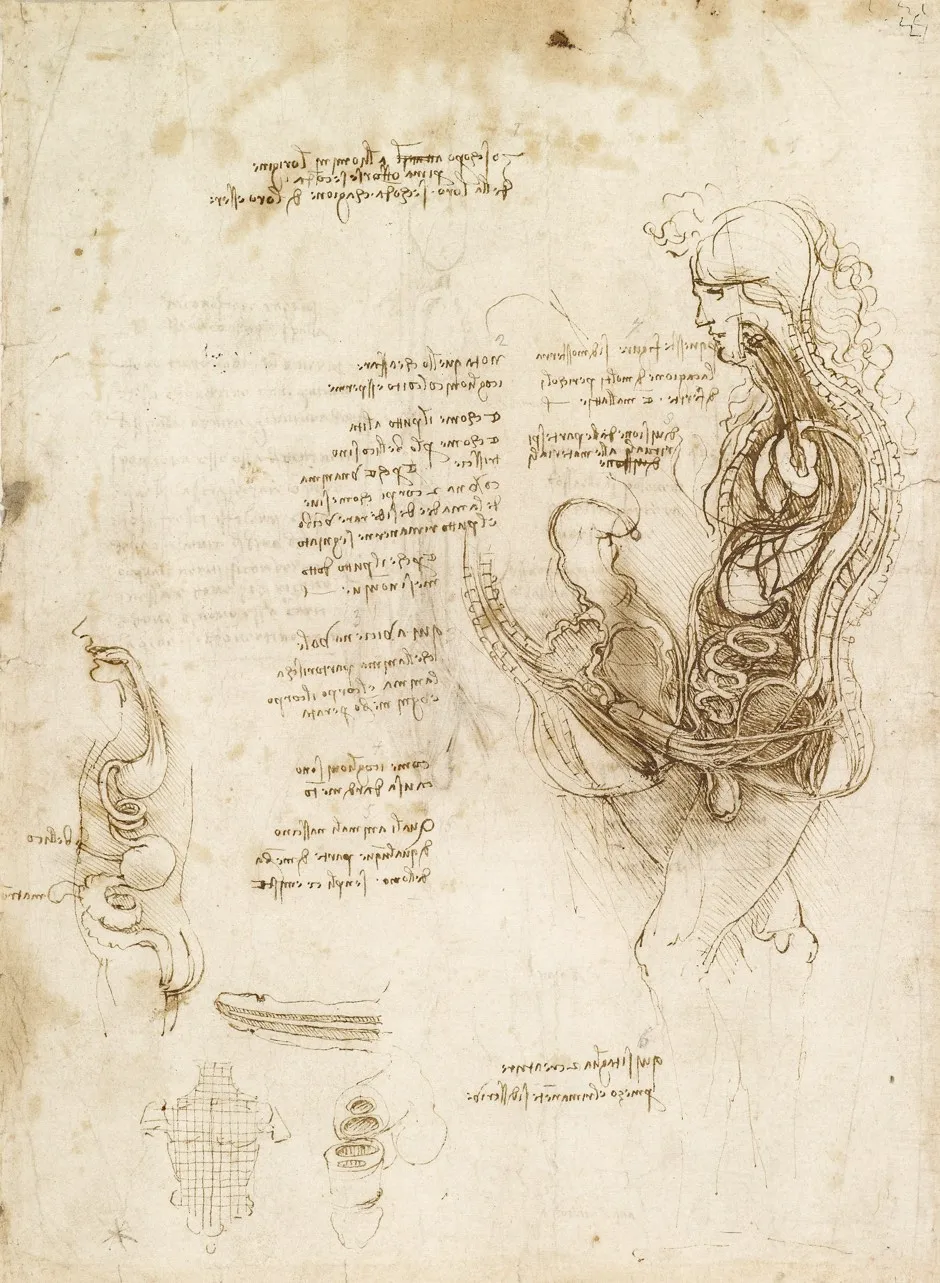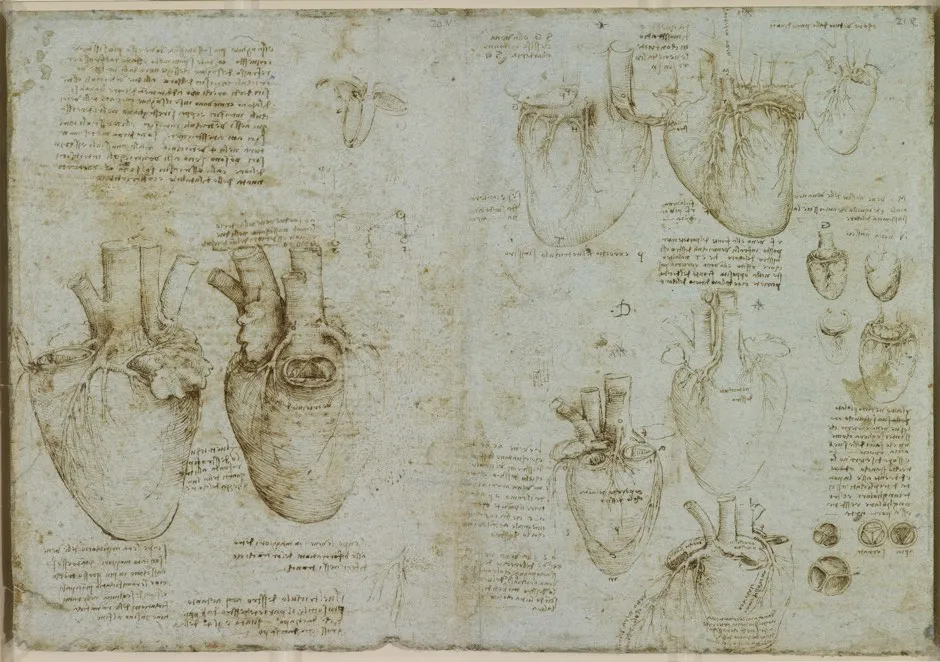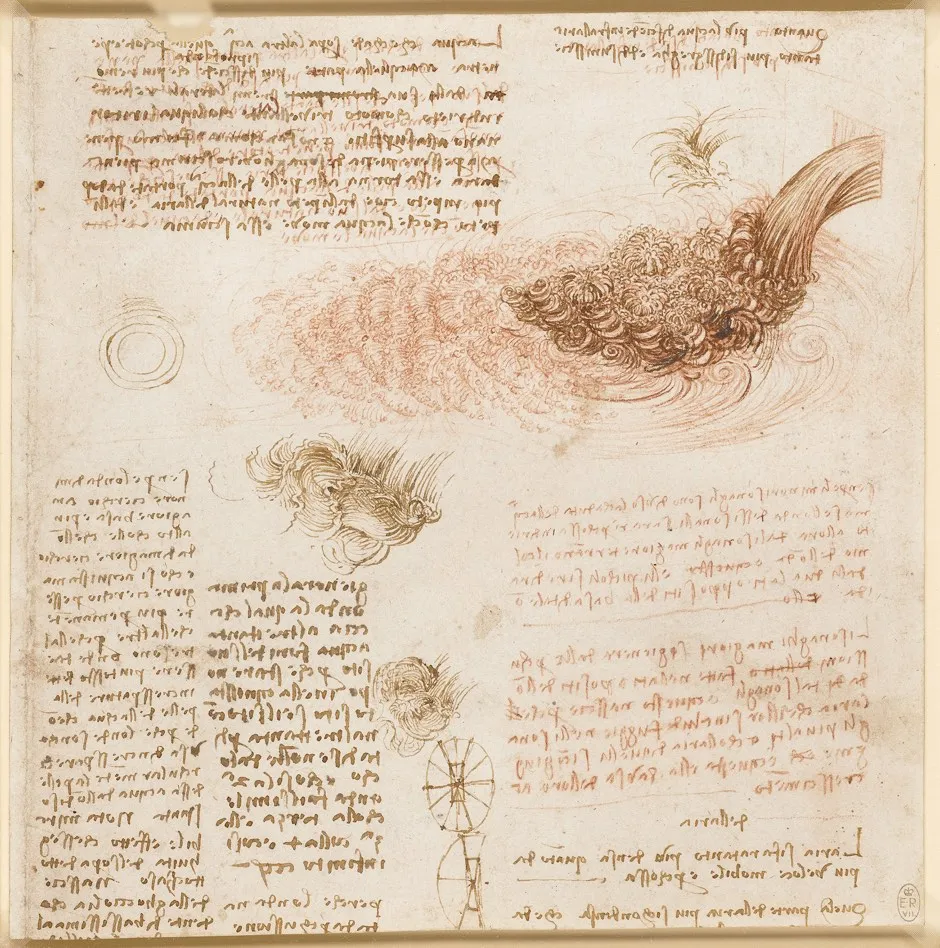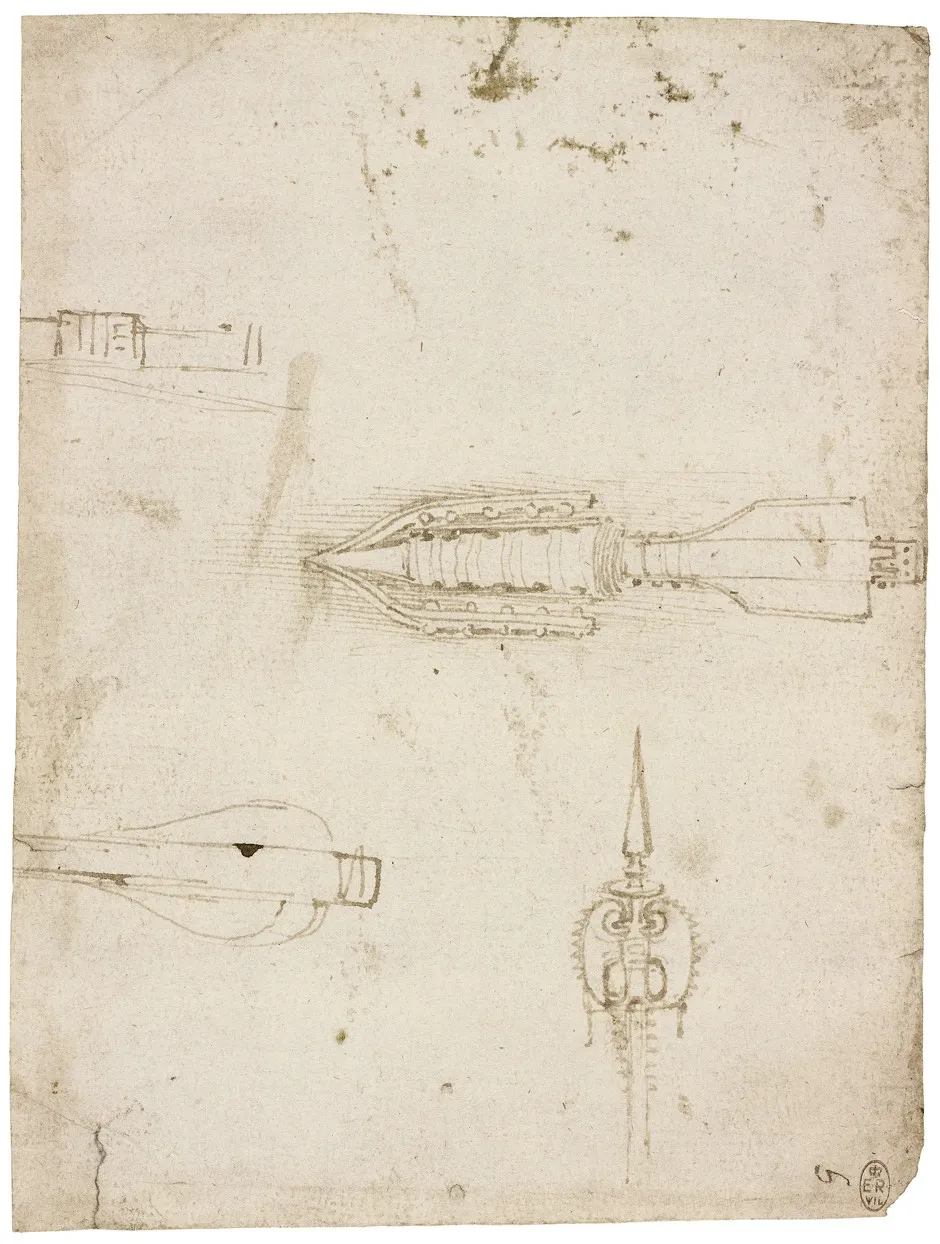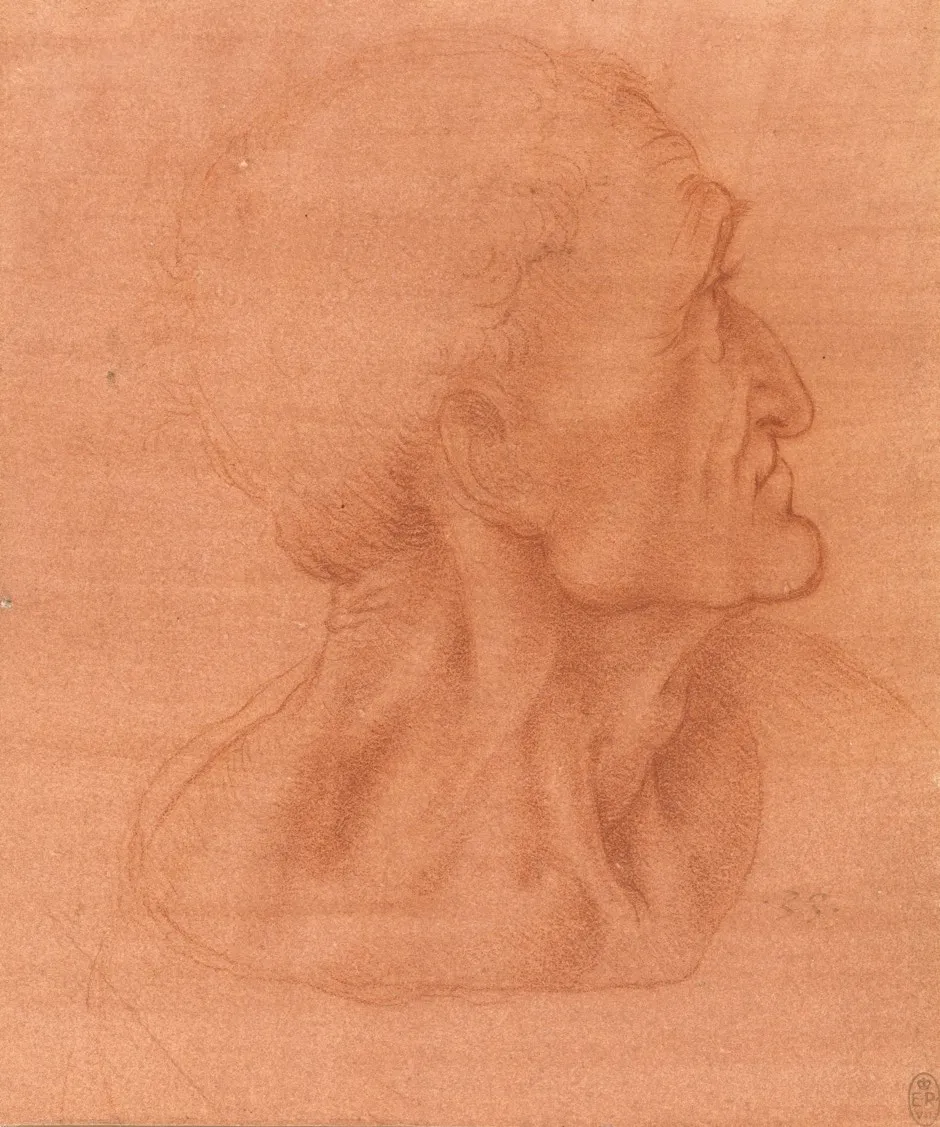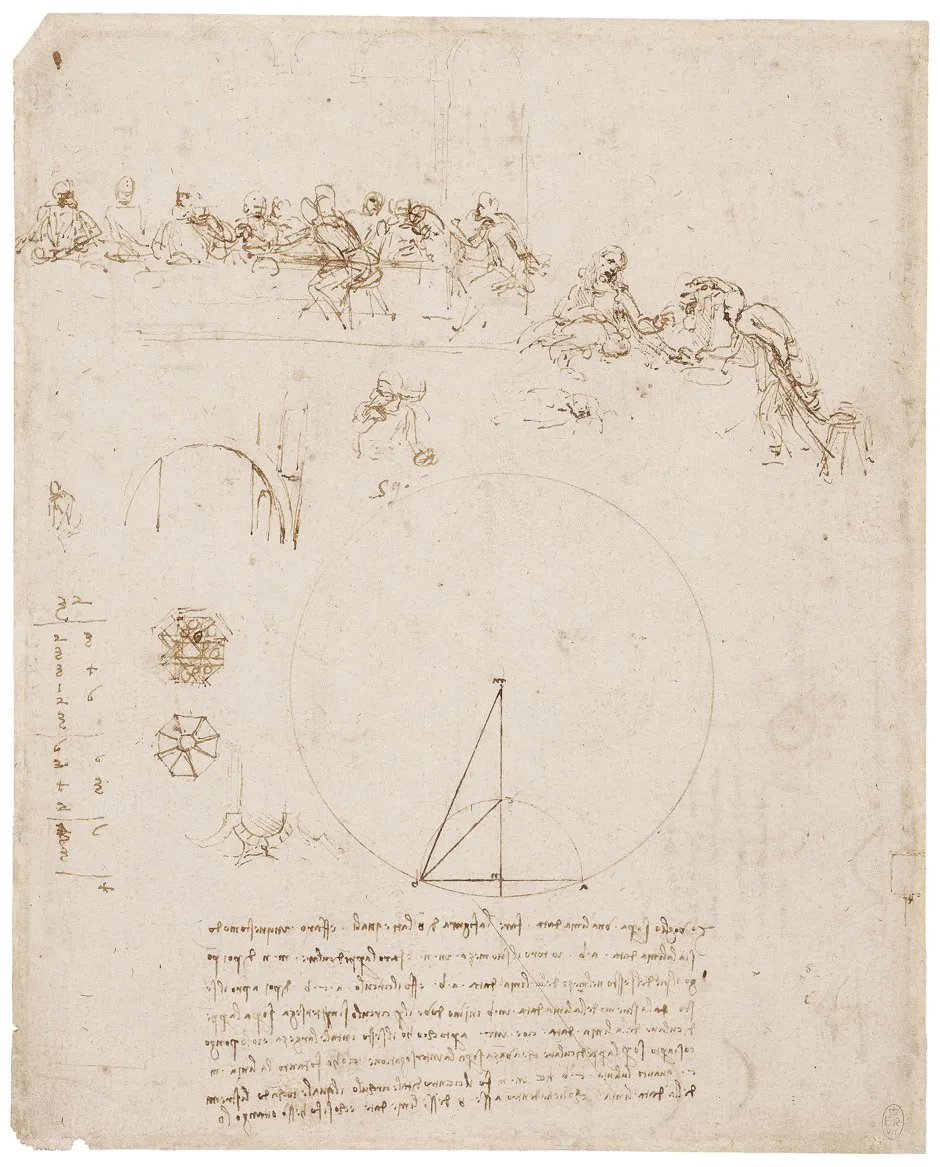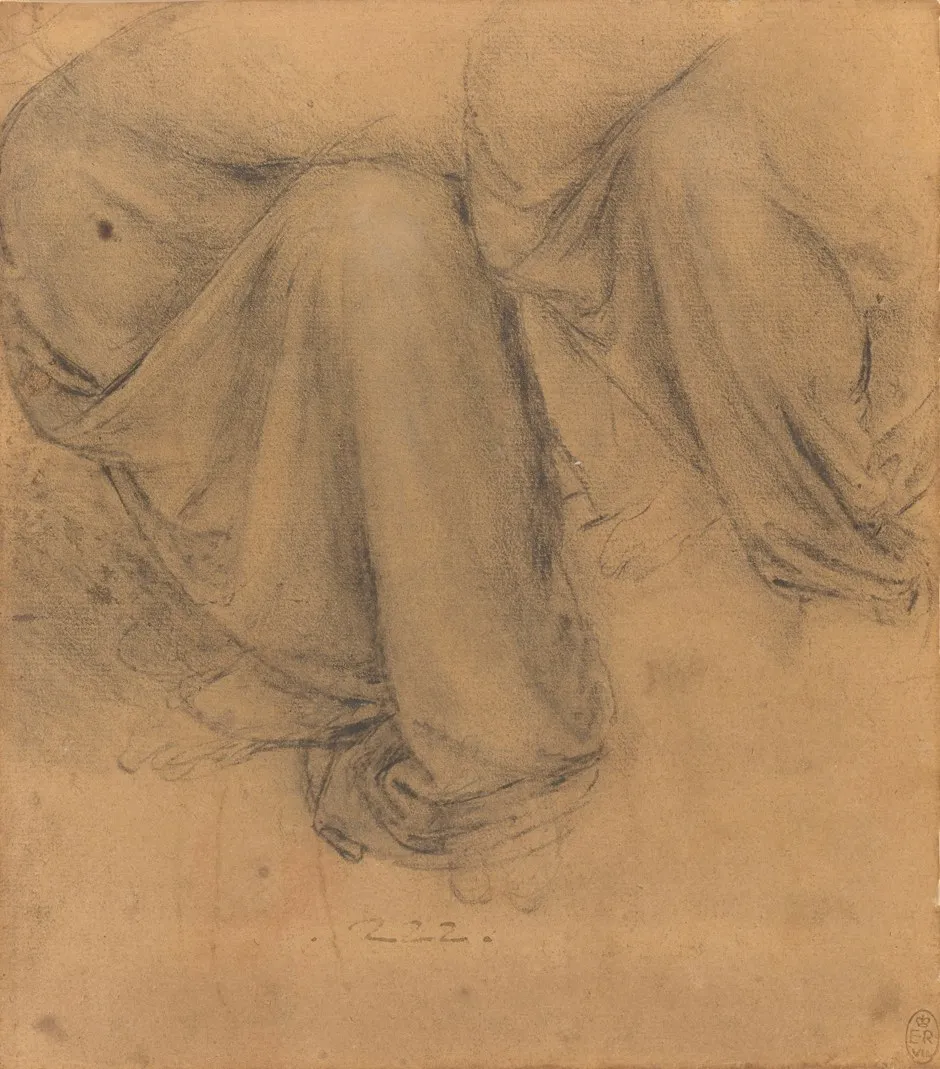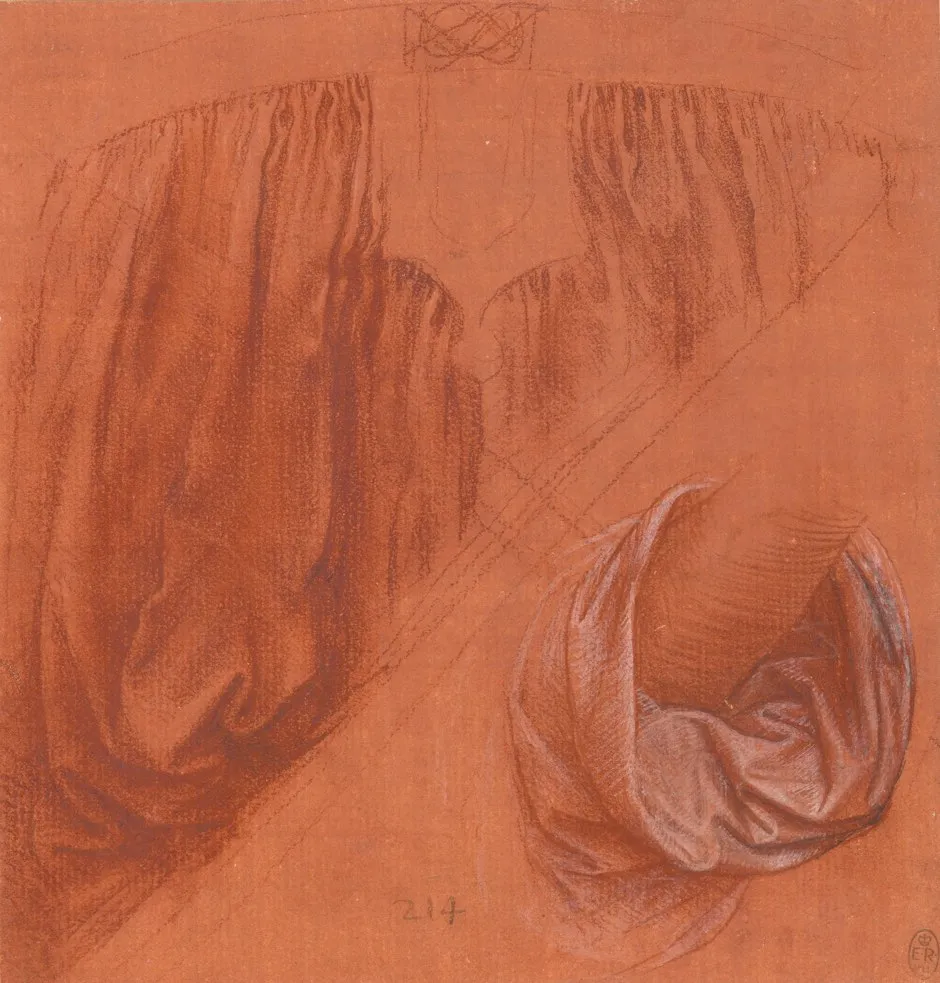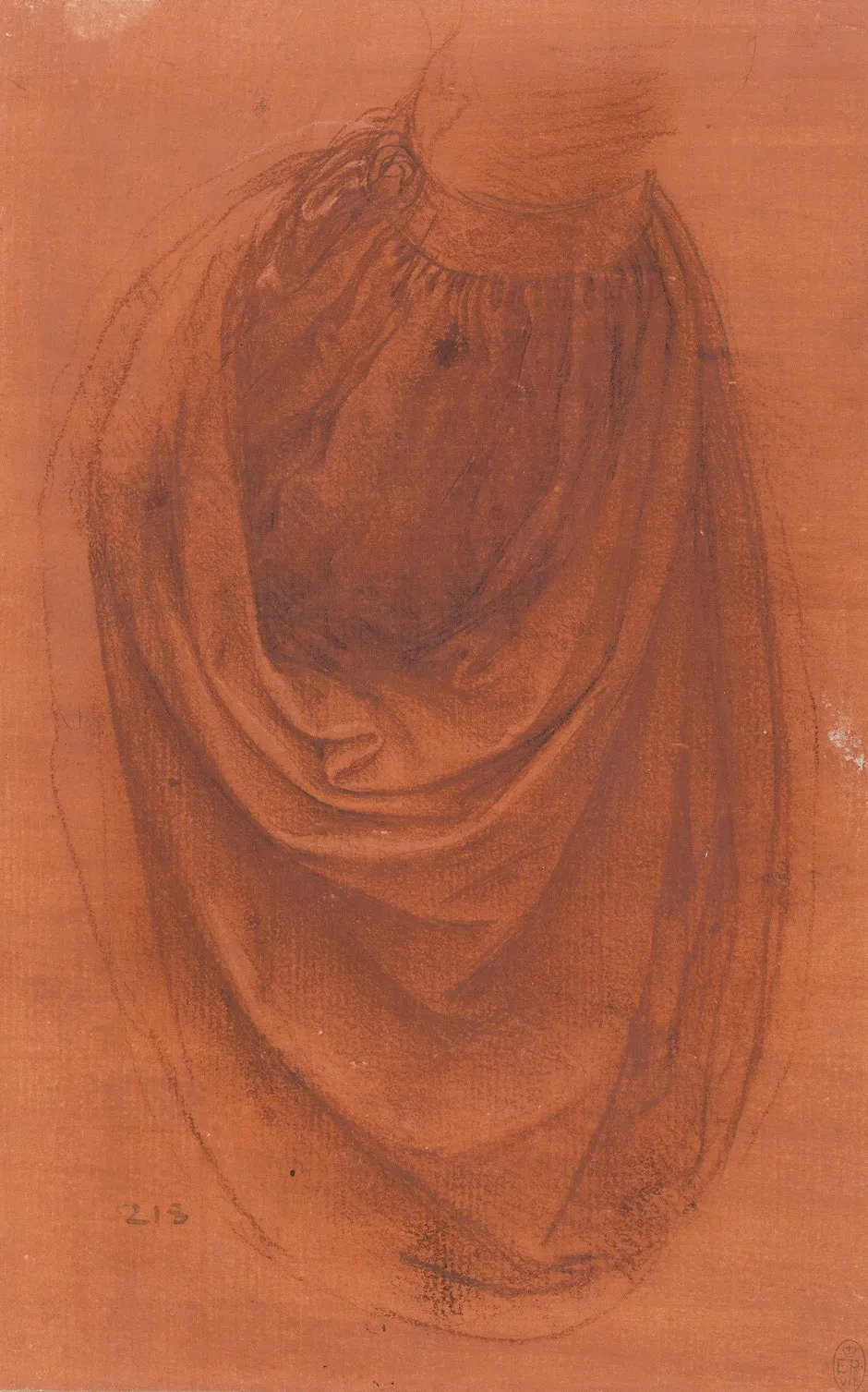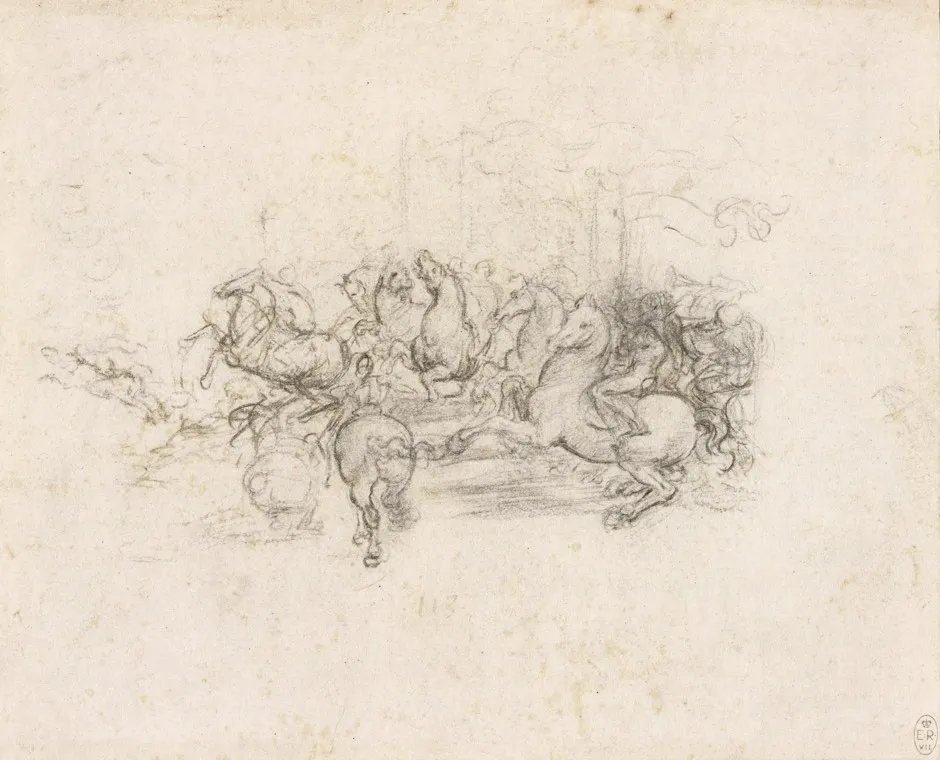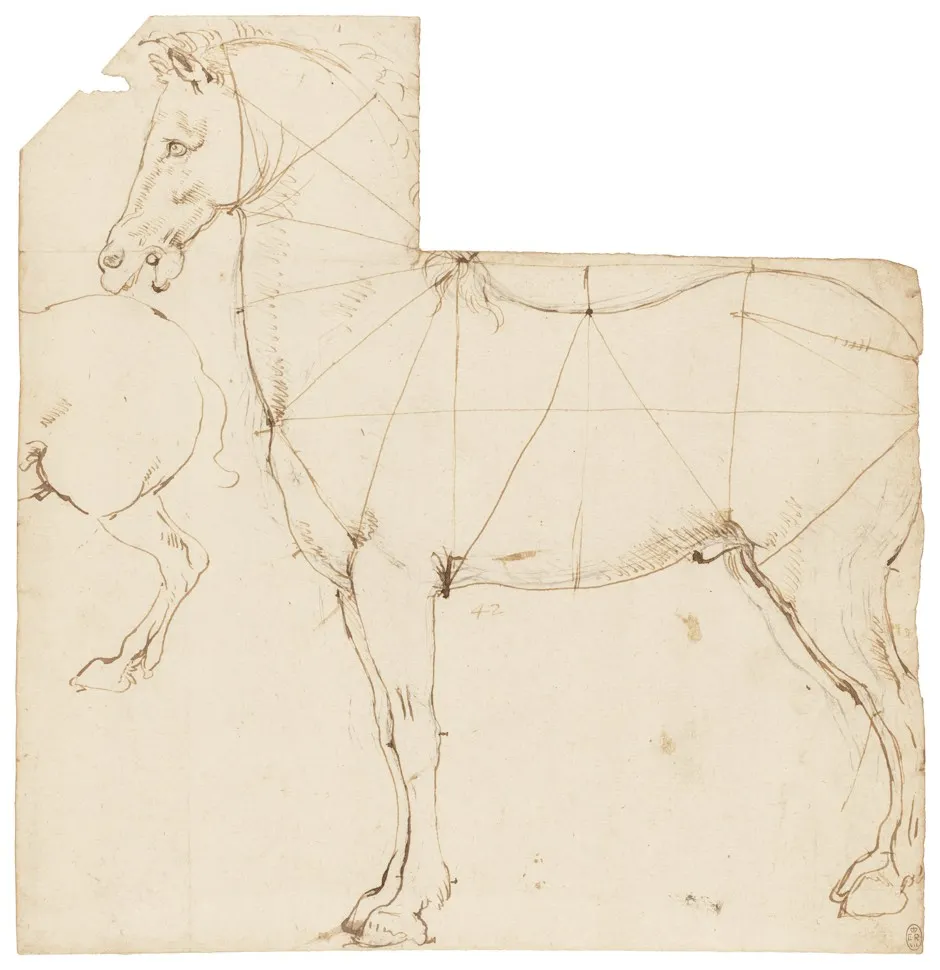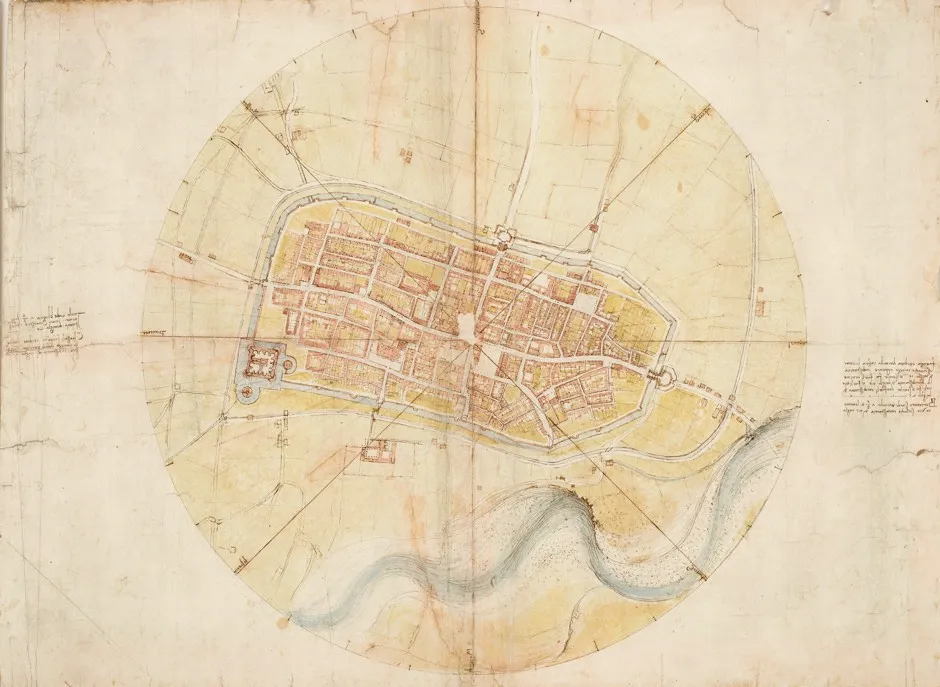It’s been 500 years since the death of Leonardo da Vinci, and he’s remembered mainly for his great works of art, like The Last Supper and the Mona Lisa. But he was also a scientist, working across disciplines like anatomy, engineering, and architecture.
Sadly, his scientific research was never published and his engineering ambitions went largely unrealised. However, through his sketches and drawings we can see his anatomical discoveries, his plans for machines, and his investigations into the world around him. We can see what was occupying his mind, allowing us to piece together clues about the mysteries he aspired to solve.
So to mark the anniversary of his death, 200 of those drawings will go on display at the Queen’s Gallery next to Buckingham Palace in the exhibition Leonardo da Vinci: A Life in Drawing. In this episode, BBC Science Focus editorial assistant Helen Glenny talked to Martin Clayton, Head of Prints and Drawings for Royal Collection Trust at Windsor Castle, about da Vinci’s lasting scientific legacy, what work he was doing, how he influenced the scientific disciplines he experimented with, and what we should remember him for.
If you like what you hear, then please rate, review, and share with anybody you think might enjoy our podcast.
You can also subscribe and leave us a review on your favourite podcast apps.Also, if there is anybody you’d like us to speak to, or a topic you want us to cover, then let us know on Twitter at@sciencefocus.
Listen to more episodes of theScience Focus Podcast:
- Remembering Professor Stephen Hawking
- The mindset behind the Moon landing – Richard Wiseman
- Belka and Strelka: Russia's canine cosmonauts - Vix Southgate
- Identifying Jack the Ripper: old clues, new science
- This is how to invent everything - Ryan North
- Is religion compatible with science? - John Lennox
Follow Science Focus onTwitter,Facebook, Instagramand Flipboard
